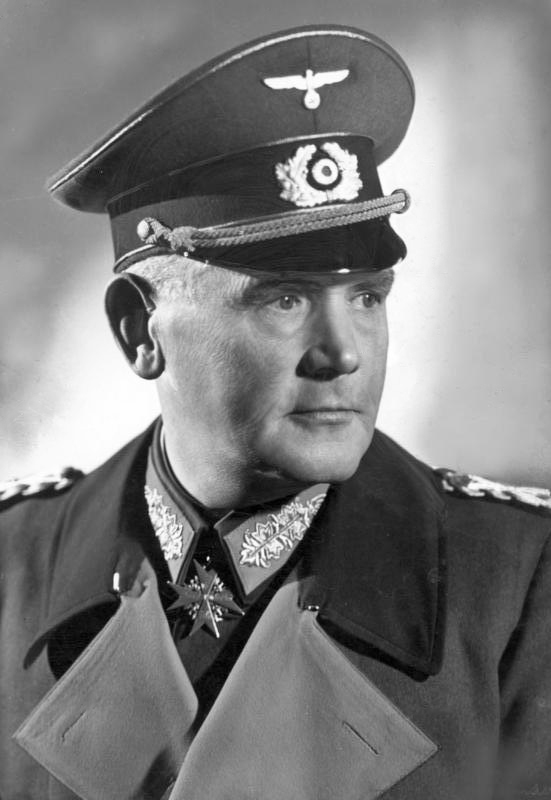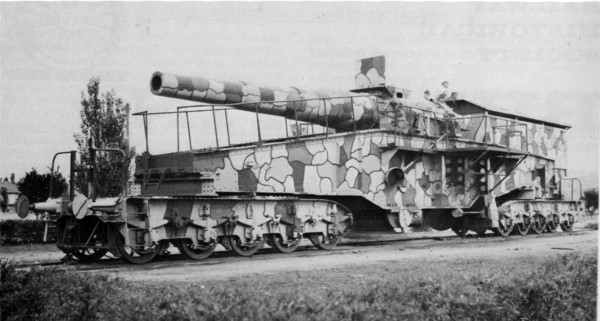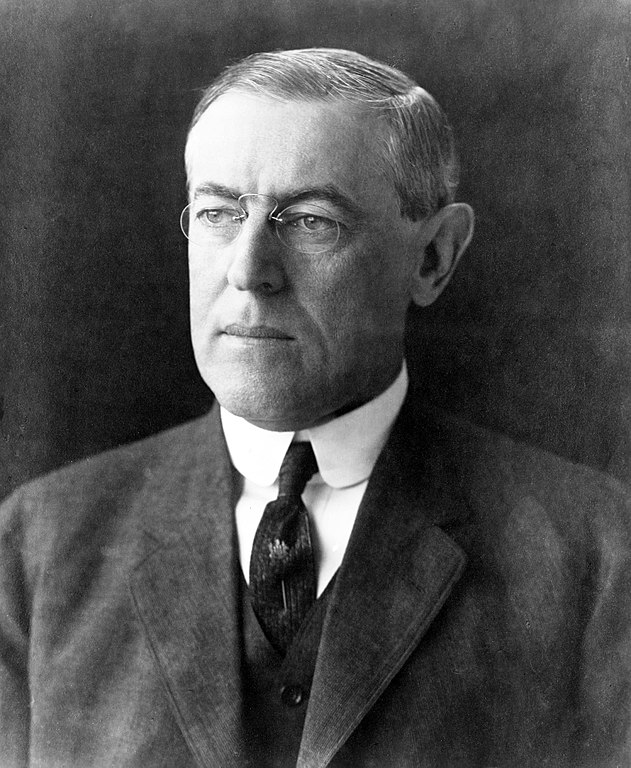World War I, also known as First World War, was a Europe-centered global war that began on July 28, 1914, and lasted until November 11, 1918. The war lasted exactly four years, three months, and 14 days. Before the outbreak of World War II in 1939, World War I was called the Great War, the World War, or the War to End all Wars. 135 countries participated in World War I and more than 15 million people died.
Mind-blowing Facts About World War I
The Germans were the first to use flamethrowers in World War I. Their flamethrowers could fire jets of fire up to 40 meters.
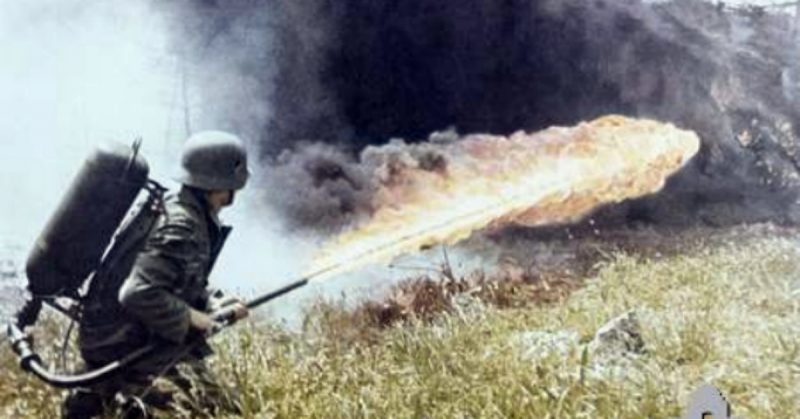
More than 65 million men from 30 countries fought in the First World War. Almost 10 million died. The Allies (The Powers of the Entente) lost around 6 million soldiers. The central powers lost around 4 million.
Almost 2/3 of the military deaths in World War I were in battle. In previous conflicts, most deaths were due to illness.
In August 1914, German troops killed 150 civilians in Aerschot. The murder was part of the war policy known as Schrecklichkeit (“fear”). Their objective was to terrorize civilians in the occupied areas so that they would not rebel.
During World War I, British tanks were initially classified as “male” and “female”. Male tanks had cannons, while female ones had heavy machine guns.
“Little Willie” was the first prototype tank in the First World War Built-in 1915, it carried a crew of three and could travel as fast as 4.8 km / h.
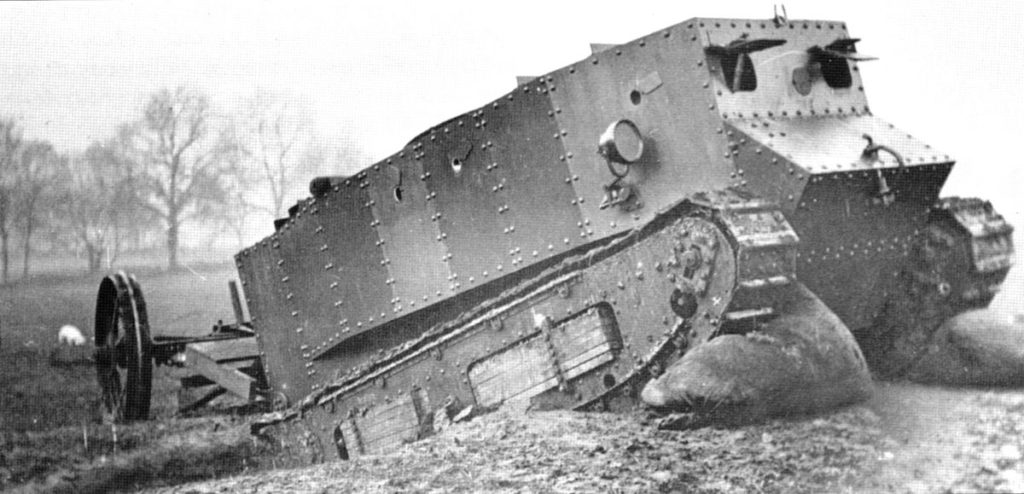
The artillery barrage and the mines created an immense noise. In 1917, explosives that exploded under German lines at Messines Ridge in Ypres, Belgium were heard in London, 220 miles (220 km) away.
The pond of peace is a 12-meter deep lake near Messines, Belgium. It fills a crater made in 1917 when the British detonated a mine containing 45 tons of explosives.
The most successful fighter pilot of the entire war was the German fighter pilot Manfred Albrecht Freiherr von Richthofen (1892-1918), or the “Red Baron”. He shot down 80 planes, more than any other World War I pilot. He died after being shot near Amiens. French René Fonck (1894-1953) was the Allies’ most successful fighter pilot, shooting down 75 enemy aircraft.
During World War I, dogs were used as messengers and carried orders to the front lines in capsules attached to their bodies. The dogs were also used to establish telegraph cables.
Big Bertha was a 48-ton howitzer used by the Germans in World War I. It was named after the wife of its designer Gustav Krupp. It could fire a 930 kg projectile at a distance of 15 km. However, a team of 200 men took six hours or more to assemble. Germany had 13 of these huge guns or “wonderful weapons”.
The tanks were initially called “Land ships”. However, in an attempt to disguise them as water storage tanks, and not as weapons, the British decided to code them as “tanks”.
French Second Lieutenant Alfred Joubaire wrote in his diary on the First World War, just before he died, that “humanity is crazy! It must be crazy to do what you’re doing. What a massacre. What scenes of horror and carnage! I can’t find words to translate my impressions. Hell can’t be that terrible! Men are crazy! “
Some Americans disagreed with the United States’ initial refusal to enter World War I and therefore joined the French Foreign Legion or the British or Canadian Army. A group of American pilots formed the Escadrille Lafayette, which was part of the French air force and became one of the main combat units of the Western Front.
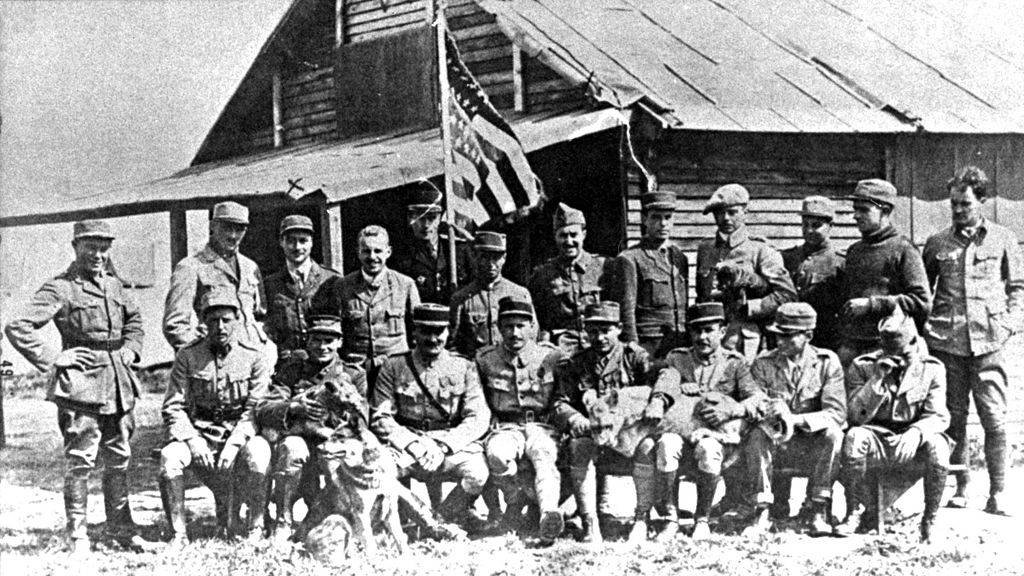
In early 1917, British cryptographers deciphered a telegram from Germany’s Secretary of Foreign Affairs, Arthur Zimmermann, to the German minister in Mexico. The telegraph encouraged Mexico to invade American territory. The British kept the United States secret for more than a month. They wanted to show it to the United States at the right time to help lure the United States into the war on their side.
Woodrow Wilson’s campaign slogan for his second term was “He kept us out of the war.” About a month after taking office, the United States declared war on Germany on April 6, 1917.
To increase the size of the US Army. USA During World War I, Congress passed the Selective Service Act, also known as conscription or draft, in May 1917. At the end of the war, 2.7 million men were drafted. Another 1.3 million were volunteers.
During World War I, people of German origin were suspects in the United States. Some protests against the Germans were violent, including the burning of German books, the death of German shepherd dogs, and even the murder of a German-born American.
During World War I, the Spanish flu caused approximately 1/3 of the total military deaths.
Herbert Hoover, who would become president in 1929, was named United States Food Administrator. Their job was to provide food for the US Army and its allies. He encouraged people to plant “Victory Gardens,” or personal gardens. More than 20 million Americans have planted their own gardens, and food consumption in the United States has decreased by 15%.
Also Read: 10 Crazy Fact About Mystic Russian Monk Grigori Rasputin
